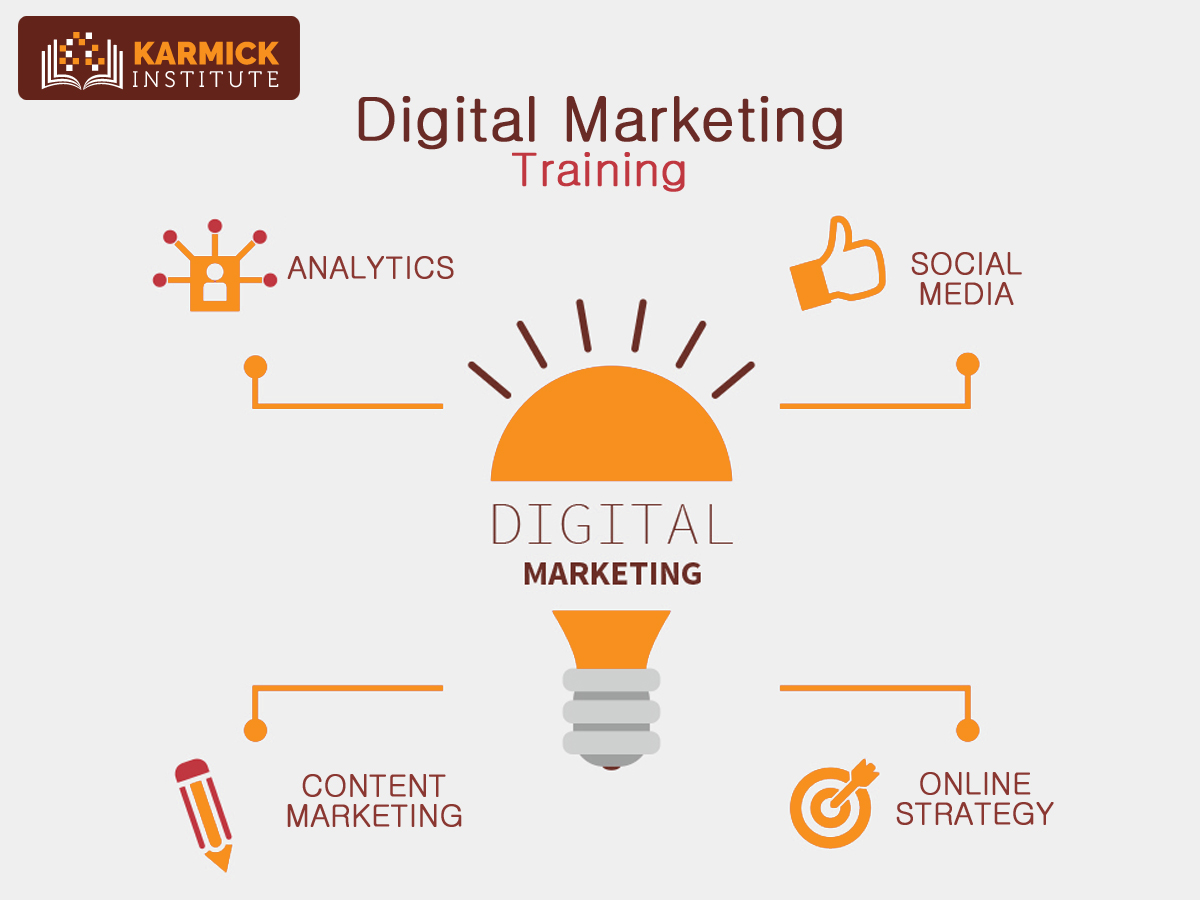Digital Marketing or Tech based skills continue to have a very high demand in the marketplace. With the limited number of professionals operating in this domain, their market value seems to be increasing with every passing day. This is because businesses are constantly on the lookout to adopt new technologies and stay ahead of the competition.
Companies who intend to stay profitable in 2018 will continue to demand digital and tech professionals for themselves. To avail themselves of the best talent in the industry, they will not shy away from paying top dollars in return.
SEO
As far as digital Marketing skills go, SEO is at the top of the list. This is because SEO is not merely the practice of making the websites reflect in search queries.
Owing to the fact that Google constantly keeps tweaking its search algorithm, SEO practices are constantly evolving. White hat marketing techniques such as guest blogging and content marketing are assuming paramount importance inside the marketing strategy of any good organization. These tools, in turn, are of critical importance to SEO success.
Due to the immense importance associated with a good SEO strategy, companies no longer look at SEO experts as a luxury.
Instead, a competent SEO team is now part and parcel of any good marketing team.
Companies realize that they need to constantly stay up to date with the latest developments in the SEO world. Over and above taking care of the technical aspect of SEO, they also need people who will be able to add value to the lives of the customers.
While SEO knowledge will always keep a professional in high demand with lucrative offers, it should be noted that SEO is not easy. This is because it is an extremely dynamic field which is constantly changing to keep up with the ever-changing practices of the Google algorithm.
Technical Know how
Marketing technologies have witnessed a phenomenal growth this decade. From this, it is clear that the future belongs to tech-based automated solutions. Today, the martech world is filled with players such as HubSpot, SharePoint, Marketo, Sitecore, Eloqua, Salesforce and Pardot. These players boost effectiveness, integrate automation and improve the efficiency of the business needs of their clients.
In order to take effective advantage of these tools, we need to first assess which parameters we are trying to gauge. This will help us in determining how to best utilize the marketing tools at our disposal to drive the revenue top line of our business. Demand for martech professionals has led to a vast range of new job titles across organizations. These include Marketing Automation Specialists, Demandware Consultants, Eloqua Architects, Marketo Specialists and Martech Business Analysts etc.
Video Marketing
Video content marketers are in very high demand when it comes to digital marketing. This is because video content is exploding in popularity with every passing day. Good videos are the key to engaging and enriching the experience of any visitor to the site and thereby hopefully convert them into a paying customer. Probably the biggest reason why video is surging in popularity is that it is much easier to engage with rather than a blog post. Hence, digital marketers with the skill set of video content marketing under their belts are very high in demand.
PPC Executive
PPC or Pay Per Click experts are in very high demand right now. PPC denotes the activity of bringing in traffic that is targeted onto a website. In its simplest term, PPC is trying to get a company’s website the highest paid ranking possible in search queries. PPC requires huge competition and high budget. To excel at PPC, one needs to be exceptionally skilled at strategic skills and maths. One needs to be well versed in both Google AdWords as well as Google Analytics. PPC experts need to effectively be able to report, optimize and create campaigns that add value to the company’s top line. The main aim of any successful PPC campaign is to get the maximum number of visitors to a website at the lowest cost possible.
People learn about PPC marketing a number of ways. They can take digital Marketing courses on Google AdWords and Analytics. They can watch Live Chats and PPC Webinars. They can also read blogs such as PPC Hero, PPC Chat, Search Engine Watch and Inside Ad words etc.
Social Media Marketing
Social Media is a powerful tool in the modern marketing world. The rate of growth of social media platforms have been faster than the internet in the past decade and there is no reason to believe it will slow down. As much as a third of the global population today uses some form of social media platform.
With such exponential popularity among target customers, it should come as no surprise that companies are trying to capitalize on this amazing opportunity. However, it is easier said than done. The daunting task of effectively leveraging social media to one’s advantage gives skilled professionals an edge when it comes to their demand in the marketplace.
Simply put, social media is hardly putting mere content on Facebook. Each platform needs to be approached in a different way. This takes skill. In order to properly leverage each social platform properly for one’s business, one needs to understand the specific platform in question in and out. This means knowing which parts of the day to post in order to garner the maximum amount of attention, which type of content gets the most response across each platform and where inside each platform does the target customer hang out.
Once we have mastered the basics of social media marketing, it is time then to leverage paid marketing on social media. In order to do so, one needs to develop an understanding of visual marketing, copywriting, analytics and color psychology.
Mastering social media marketing is no easy task. This is one of the reasons why competent social media experts are in such high demand in the industry. Experts who are able to justify ROI to their clients on Social Media rake in the big bucks in return.
UX Designing
User Experience or UX is more than just about design. It is about tracking the behavior of a customer. UX tries to study, understand and then manipulate the behavior of target customers on the site in order to persuade them into going through with a purchase.
For any company to substantiate its top line through its online presence, it is critical that it understands the behaviors of its customers properly. Otherwise, even the best online marketing strategy will not be able to deliver the expected traction. UX experts are adept at understanding the subtleties of customer behavior and thereby deliver design templates and interface that lead to higher lead generation, more customer retention and sales increase.
Community Management
People always want to identify with a community. One of the most important skills that a digital marketer can possess is to cultivate a positive community on behalf of the brand. The best place to build a community is on social media. However, merely updating Facebook Posts on a page every once in a while, will not tantamount to building a community.
In order to develop a viable community on behalf of any brand, a digital marketer has to grow and maintain long-term relationships with the clients. A good digital marketer will gain insights into every customer in order to gauge how best to communicate with them.
Content Writing
Probably the most in-demand skill right now in the field of digital marketing is that of a content manager. This is amply demonstrated by the importance of every new Google Update. No good digital marketing manager would ever underestimate the need for a good content manager in order to woo the customers.
For individuals to become good content marketing professionals, they need to have an understanding of Digital Marketing. They have to deliver content that that helps in lead generation, increases brand loyalty and engagement.
Of late, there has been an increased demand in the role of competent content managers. Of course, as mentioned above, this would require the development of certain skills.












